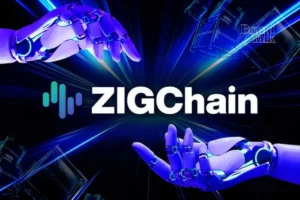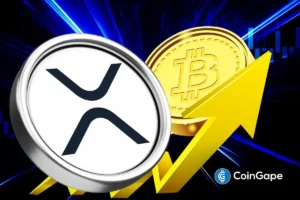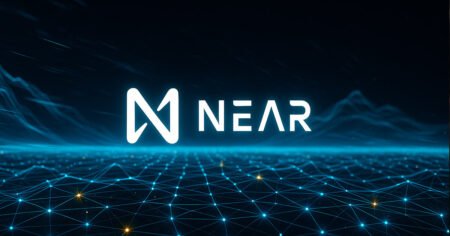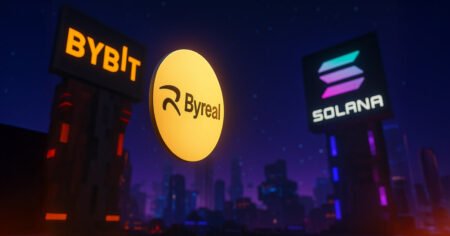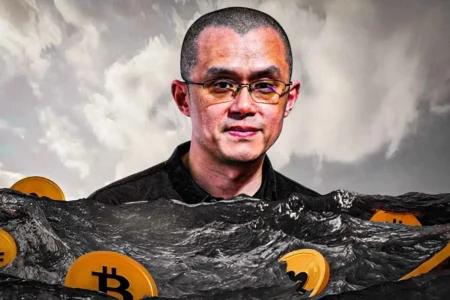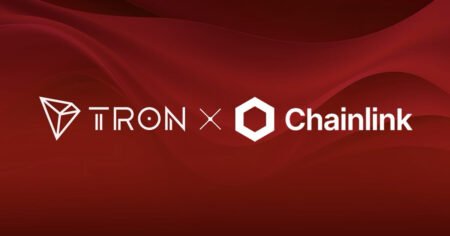DeFi, or decentralized finance, is experiencing a rapid wave of innovation that is reshaping the financial landscape. Vincent Maliepaard, Marketing Director at IntoTheBlock, highlights some of the most promising advancements in DeFi and the protocols leading this transformation.
Yield Automated Market Makers (AMMs) like Pendle Finance are changing the game by allowing investors to separate the yield generated by an asset from its principal value. This innovation opens up new trading strategies and redefines how investors manage interest rate exposure, bringing more flexibility and liquidity to fixed-income portfolios. Yield AMMs are optimizing capital efficiency, unlocking risk-adjusted returns previously inaccessible in traditional finance.
Yield aggregators and abstraction protocols are simplifying DeFi for users by automating yield optimization and reducing the complexity of managing multiple positions. Platforms like Yearn Finance are making it easier for both casual users and institutional players to navigate DeFi systems without extensive technical knowledge, making the sector more accessible to a wider audience.
Derivatives decentralized exchanges (DEXes) with integrated borrowing and lending markets, such as dYdX and Synthetix, are gaining momentum in DeFi. These platforms allow traders to leverage borrowed assets to trade derivatives or hedge their positions seamlessly, offering advanced risk management and capital efficiency to sophisticated traders. With perpetual contracts and synthetic assets available, liquidity and trading strategies in DeFi are evolving rapidly.
Flash loan vaults and one-click looping are simplifying advanced financial strategies in DeFi by allowing users to execute complex maneuvers with just one click. Flash loans, which enable borrowing large sums without collateral, are making these strategies more approachable and democratizing access to advanced financial tools, even for non-experts. While public applications of this technology are still in early stages, the potential for innovative use cases is vast.
The tokenization of real-world assets (RWAs) is expanding DeFi’s influence beyond the blockchain by bringing traditionally illiquid assets like real estate, commodities, and equities into the DeFi ecosystem. Projects like Ondo Finance and initiatives like BlackRock’s BUIDL Fund are leading this charge, unlocking liquidity in previously inaccessible markets and blurring the lines between traditional finance and DeFi.
Protocol-based credit systems are revolutionizing credit assessment in DeFi by using blockchain-native data to evaluate creditworthiness. By bypassing centralized banks and legacy credit scoring systems, these decentralized approaches are democratizing access to capital and creating new lending and borrowing opportunities for individuals and businesses that may have been overlooked by traditional financial institutions. While established protocols in this area are still emerging, the potential for inclusive credit markets in DeFi is vast.
Trade and receivables financing in DeFi is transforming global commerce by providing businesses with faster access to liquidity through tokenizing invoices and using them as collateral for loans. Platforms like Goldfinch are bridging DeFi capital with traditional receivables financing, offering a real alternative to conventional bank loans and democratizing access to trade finance. Intellectual property (IP) fractionalization is another emerging trend in DeFi, allowing companies to tokenize ownership of patents, trademarks, and copyrights, creating new markets for IP-backed tokens and making IP assets more liquid and accessible to a broader audience.
Overall, DeFi’s innovation cycle shows no signs of slowing down, with trends like the tokenization of real-world assets, streamlined yield strategies, reimagined credit systems, and transformative trade financing reshaping the financial landscape. As these innovations take hold, DeFi will continue to push the boundaries of what’s possible, attracting greater institutional involvement and bridging the gap between traditional finance and decentralized ecosystems.
